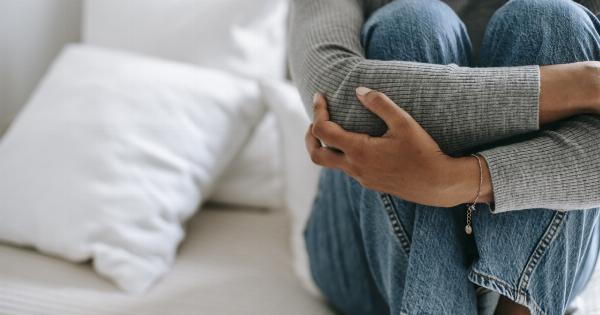Many people experience post-eating discomfort, such as bloating, nausea, or pain. While these symptoms can be caused by a variety of digestive issues, one potential underlying condition is cholecystitis.
This article will explore the link between post-eating discomfort and cholecystitis, including symptoms, causes, and treatment options.
What is Cholecystitis?
Cholecystitis is an inflammation of the gallbladder, which is a small organ located under the liver. The gallbladder stores bile, a fluid that helps digest fats. When the gallbladder becomes inflamed, it can cause a range of symptoms, including:.
- Pain in the upper right portion of the abdomen
- Nausea and vomiting
- Fever and chills
- Jaundice, or yellowing of the skin and eyes
Causes of Cholecystitis
Cholecystitis can be caused by several factors, including:.
- Gallstones, which can block the bile ducts and lead to inflammation
- Infection, which can cause inflammation and swelling
- Trauma or injury to the gallbladder
- Other underlying medical conditions, such as diabetes or liver disease
The Link Between Cholecystitis and Post-Eating Discomfort
While cholecystitis can cause a range of symptoms, one common complaint is post-eating discomfort. This can include bloating, nausea, or pain after eating, particularly meals that are high in fat or large in portion size.
This discomfort is often caused by the difficulties the gallbladder has in digesting fats, which can exacerbate inflammation and swelling.
Diagnosing Cholecystitis
If you are experiencing post-eating discomfort, it is essential to see a healthcare professional for an accurate diagnosis. Your doctor will likely perform a physical exam and may order blood tests or imaging tests, such as an ultrasound or CT scan.
Depending on the results of these tests, you may be referred to a specialist for further evaluation and treatment.
Treating Cholecystitis
Treatment for cholecystitis will depend on the underlying cause of inflammation. If you have gallstones, your doctor may recommend surgery to remove the gallbladder.
In some cases, medication may be prescribed to help relieve inflammation and manage symptoms. Lifestyle changes, such as a healthy diet low in fat, can also help reduce post-eating discomfort and prevent recurrent episodes of cholecystitis.
Preventing Cholecystitis
While not all cases of cholecystitis can be prevented, there are steps you can take to reduce your risk of developing an inflamed gallbladder. These include:.
- Eating a healthy diet low in fat
- Avoiding large, heavy meals
- Maintaining a healthy weight
- Exercising regularly
- Seeking prompt treatment for any underlying medical conditions
Conclusion
If you are experiencing post-eating discomfort, it is important to seek medical attention to determine the underlying cause. While this discomfort can be caused by a variety of digestive issues, one potential underlying condition is cholecystitis.
By understanding the link between cholecystitis and post-eating discomfort, you can take steps to reduce your risk and manage your symptoms effectively.





























